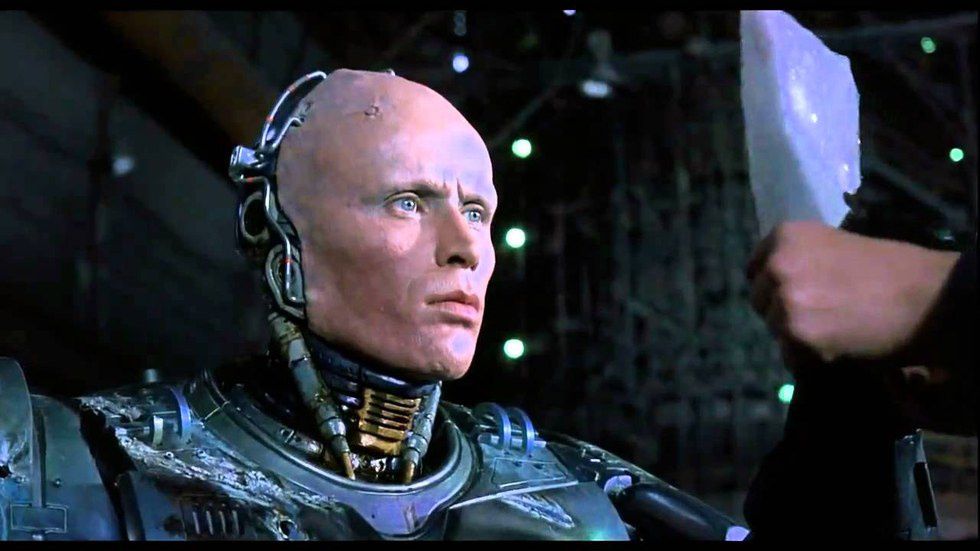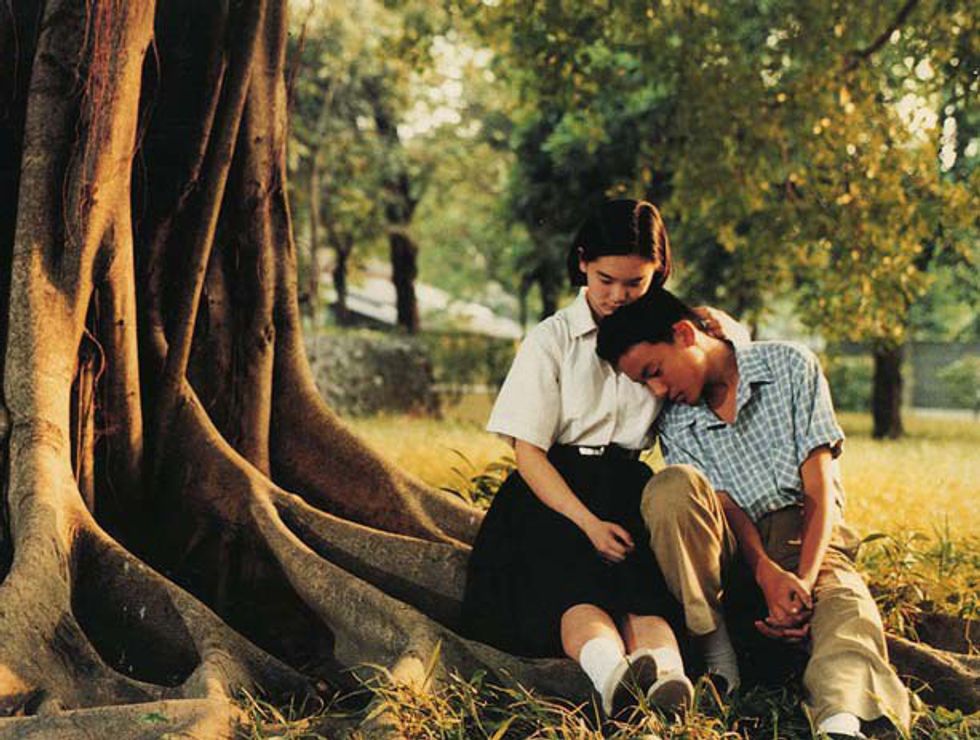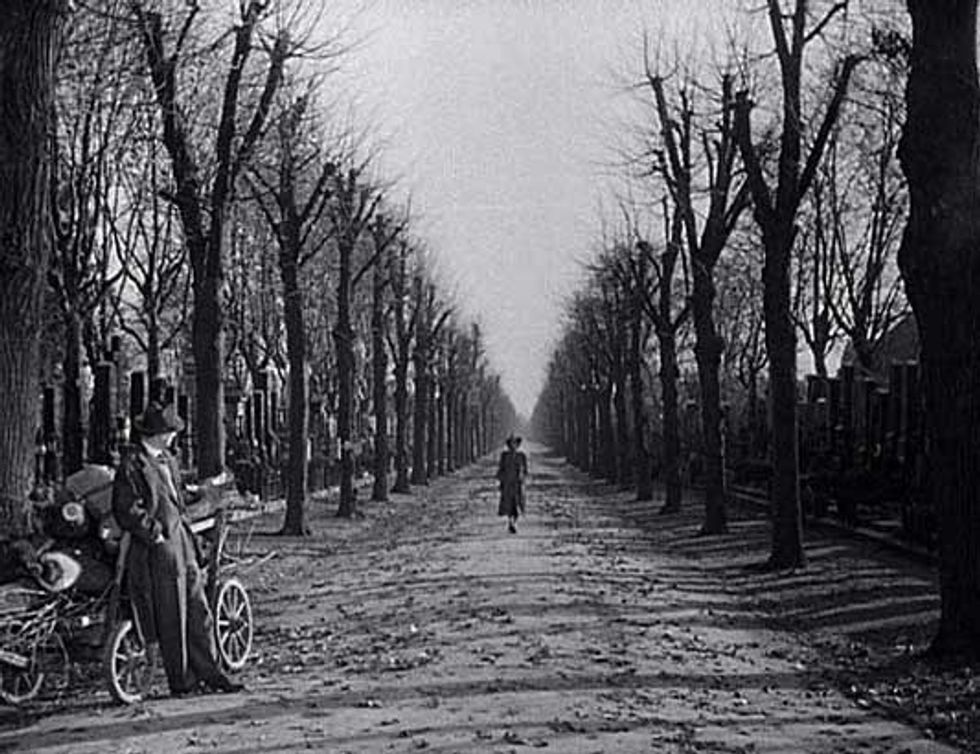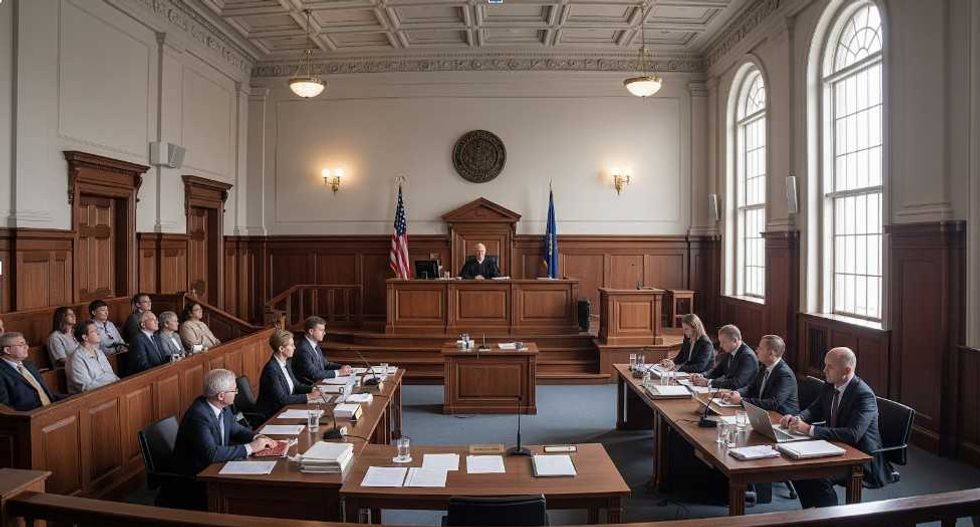2016 may in fact be the worst year for films this decade at least as it stands now. I have yet to witness any genuine surprises beyond The Green Room’s bone chilling deconstruction of movie violence, and Stephen Chow’s predictable yet wonderful disregard of tone and pacing in The Mermaid, as he may be the only modern director to get away with a movie that makes absolutely no sense. What we have left this movie season are well-made yet unexciting looking Oscar bait movies and Rogue One, which looks like a fun time but on principal I cannot support it as it is the first step to making Star Wars another chain of fried chicken cafés. Damien Chazelle’s La La Land does look like it was made with a genuine spark of inspiration, what with it looking like a celebration of old school Hollywood musicals channeled through millennial struggles in modern day Los Angeles, its Cinematography and Production Design looking absolutely sexual in the process. Yet that film does not come out until early December, which means we have to endure two months of a literal cinematic wasteland where every movie either looks like it’s trying to be The Bourne Supremacy, Garden State, or Old School. So in the off-chance some Hollywood producers find this post via their scrapping the burnt egg bits off of what is the grill of movie ideas, here are 4 lessons from 4 movies that ought to be applied to future projects.
"Robocop" i.e Genre Films that say something about the way we live now
Genre-films are the literal grains that make up Hollywood’s desert, with the focus of most major motion picture studios now being on reliably lucrative franchises and formulas such as Spider-Man, and Kevin Hart. The problem is that most of these films end up either being borderline carbon copies of each other plot and structure wise, or re-use so many of the same set-pieces, filming techniques, characters, that it takes the intrigue right out of the picture. The first step to rectifying this level of mundaneness is having genre films reflect struggles of the real world in an effort to give them a lasting power beyond the same amount of satisfaction you get from eating a Taco Bell quesadilla. 1987’s Robocop reached timelessness status thanks to this mantra, as it used its futuristic Detroit setting to make a statement about increasing corporate control in public affairs, notably the police department. Yet despite the sophistication, Robocop remained an insanely entertaining action flick complete with a superhuman cyborg fighting off Red Forman from That 70’s Show wielding a high powered military grade explosive rifle. Robocop’s thematic nuance is what is missing from most modern action flicks as audience members need a greater reason to care beyond Tom Cruises’ greased up biceps.
"A Brighter Summer Day" i.e Showing the nastier side of growing up
Hollywood has this obsession with sugarcoating the pains, insecurities, and madness of actually growing into an adult with most of the drama either coming from an outcast trying and failing to fit in at their high school, or a group of “nerds” trying to throw a Xanadu-level orgy of depravity at their parents’ summer home. Much of this “drama” is usually superficial and forced, ignoring the real grime of pubescents for the easy-to-digest narrative of “be yourself and everything is going to be okay.” Even the much praised Boyhood fell into the trap of just showcasing surface level adolescent tensions of “not-fitting in”, “asshole step parent” and “finding my purpose” as by the end of the film its protagonist had become such an insufferable little husk that I could scarcely call “human” whereby he only spoke in platitudes about “finding the essence.” Enter Edward Yang’s 1991 masterpiece A Brighter Summer Day, a film that may be the best exploration of unrequited love ever put to celluloid, in addition to vividly baring the struggles of change and maturity during childhood. The film follows a young boy who gradually falls in a love a classmate of his, gradually growing more obsessed with her and more aggressive towards his friends whom he feels get in the way of his love. Beyond that core narrative, A Brighter Summer Day extrapolates on how teenagers find grounding and identity in a chaotic environment, with their values and needs shifting based on either circumstances beyond their control or newfound knowledge/experience with regards to those values and needs. Basically a midnight kiss with the popular boy or running Regina George over with a bus isn’t going to be a panacea for the weirdness of growing up, and Hollywood needs to be like Edward Yang and embrace the inconsistencies of pubescence. Because I’m tired of watching 90 minutes of a scrawny boy complaining about how no one loves him over acoustic guitar, learning 15 minutes before the end that “living life to the fullest” solves everything.
"I, You, He, She" i.e Embrace the Mundane Stuff
Hollywood seems to think its audiences are so addicted to stimulation that any semblance of 9 to 5 reality will be too much for them to bare. You can’t just wash the dishes without having a battle of wits with Tony Stark. You can’t go to the grocery store without James Franco shoving a frozen pizza down his pants. You especially can’t eat silently at a restaurant with a random trucker giving you a ride, or spend the first 30 minutes of your film in a cramped room while your protagonist writes a letter and eats sugar out of a bag as in I, You, He, She. Chantal Akerman’s film's prime mantra is giving attention to elements ignored in film and making them as pivotal as a battle with Ultron. The protagonist deciding to leave her apartment after sheltering herself for 3 weeks is staggering, as is her midnight bread and butter snack with a lover she hasn't seen in a long time. By emphasizing these “mundane” details, Akerman creates an extremely believable and thus incredibly relatable film that aims to be as achingly true to 9 to 5 existence as possible. One could make the argument why Hollywood does not utilize this mantra is the diminishing attention span of the average Joe Six Pack, though that be because most of the films people have experienced from 2009 onwards are stimulation saturated and absurdly edited boxes of Papa John’s Pizzas. Doing what Akerman does allows us to blur the wall between film and reality in a way no 15 dollar 3D film can. The fiction becomes riveting because the details it presents are achingly real, and while this technique may not be the most exciting, it is definitely effective in communicating the directors’ specific ideas to as wide of an audience as possible in a way that feels natural.
























